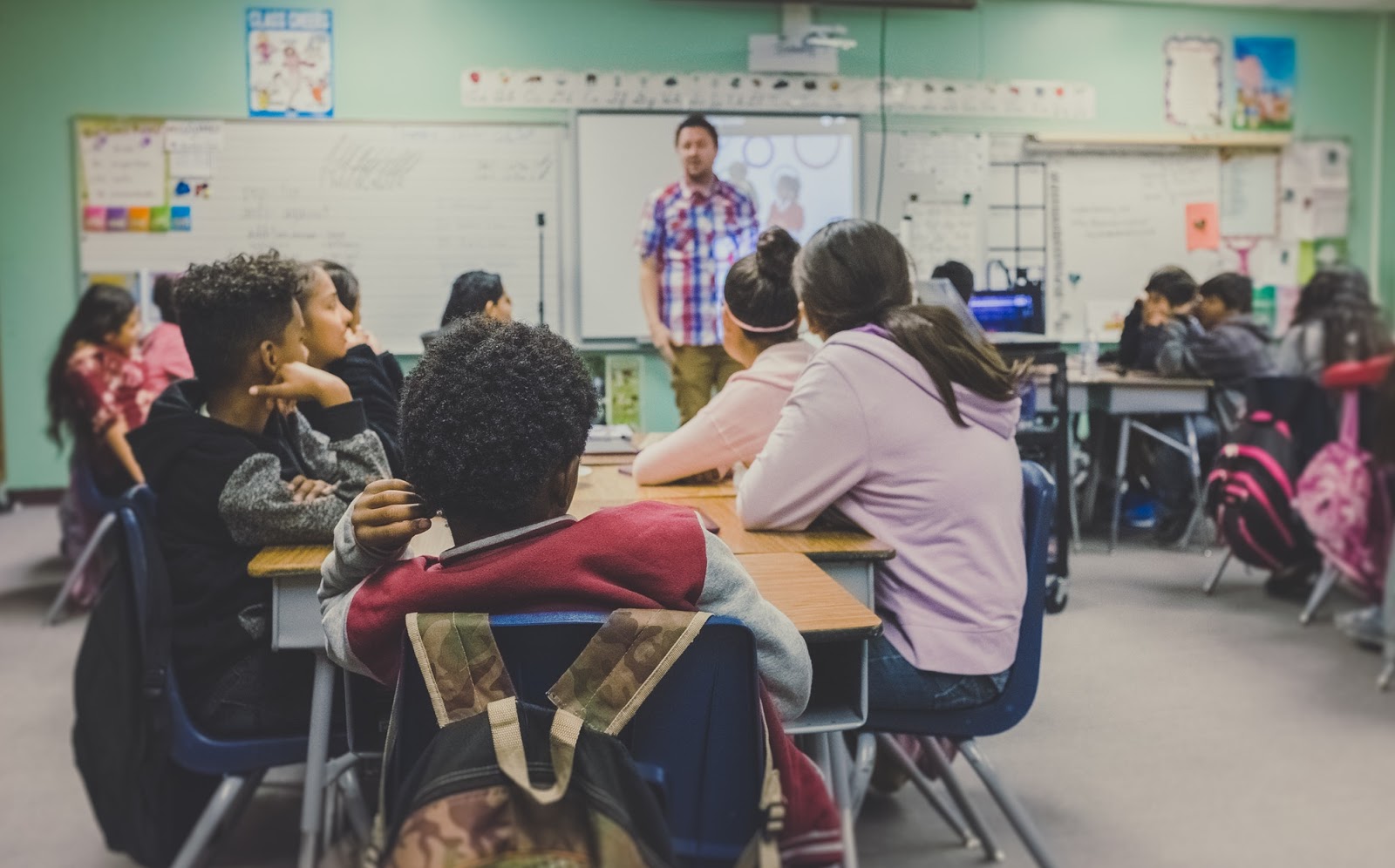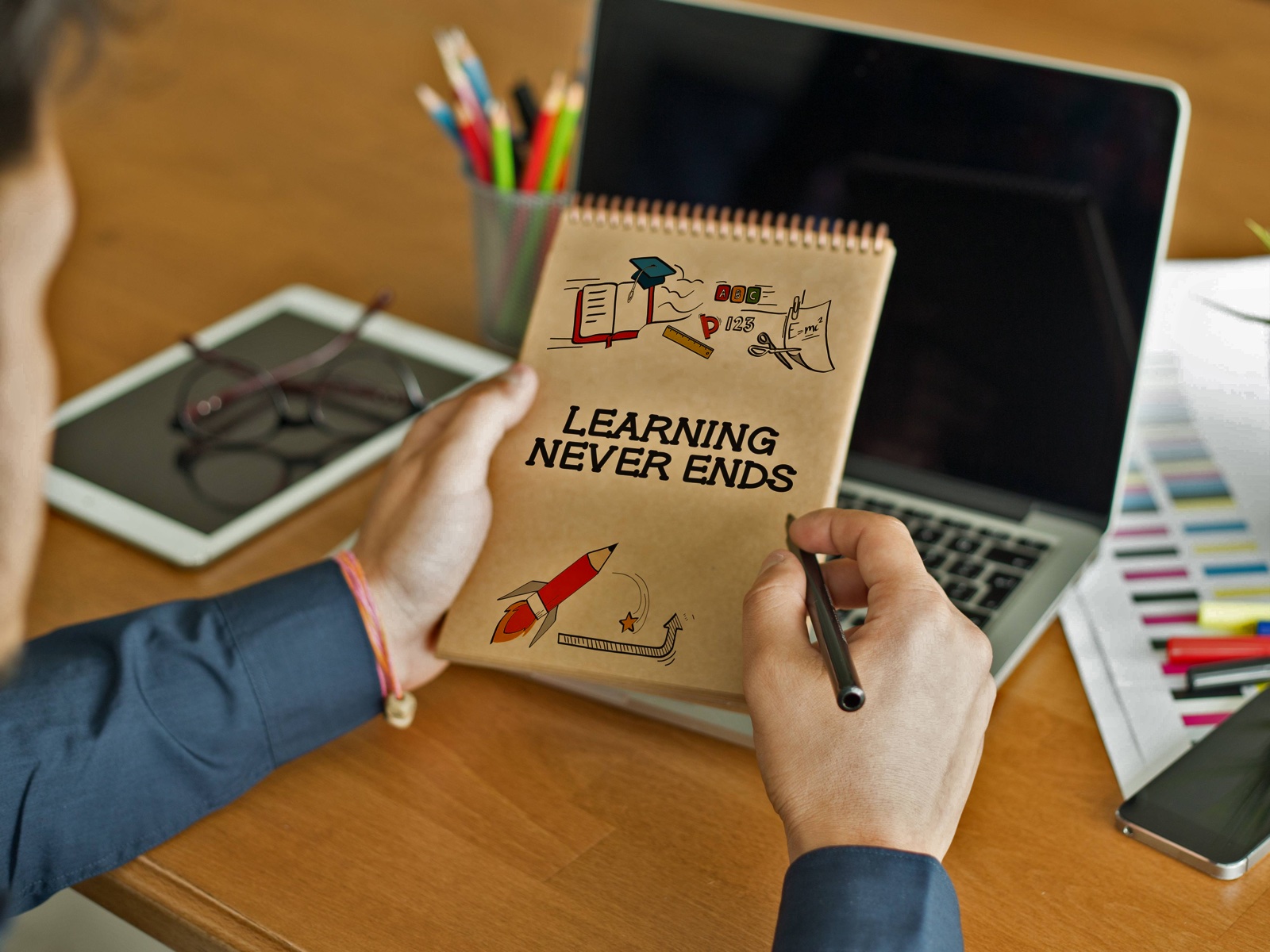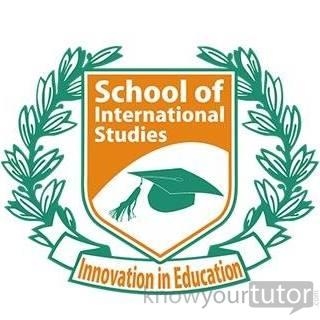Understanding Completed Learning Concepts

Understanding Completed Learning Concept is a learning system that wants most students to master the learning objectives completely. The concept of Completed Learning as a way of teaching and learning is very beneficial for students because each student can be developed optimally.
Moh. Uzer Usman and Lilis Setiawati stated that “complete learning is the achievement of a minimum level of mastery that is set for each unit of subject matter both individually and in groups so that what students learn can be achieved all”.
Understanding Completed Learning Concepts
According to Suryosubroto, complete learning is a philosophy that says that with the right teaching system all students can learn with good results from almost all subject matter taught in school.
Kunandar in his book professional teacher implementation of the education unit level curriculum (KTSP) and preparation for teacher certification said that the mastery learning of each indicator that has been set in a basic competency ranges from 0-100%. The ideal criteria for completeness for each indicator is 75%. The education unit must determine the minimum completeness criteria by considering the average level of ability of students as well as the ability of supporting resources in organizing learning. The education unit is expected to increase the criteria for continuous mastery learning to achieve ideal completeness.
Complete Learning Concept
Complete learning (Mastery Learning) in KTSP is an approach in learning that requires students to thoroughly master all competency standards and basic competencies of subjects. Thus it can be concluded that the measurement of students’ abilities in this study is adjusted to the implementation of complete learning, namely the existence of a remedial program / remedial program, that is, if students have not reached the specified completeness, then students are given a program of improvement to achieve completeness.
The first characteristic of an educational assessment is that the assessment is carried out indirectly, for example by measuring intelligence with a measure of the ability to solve problems, namely conducting evaluations. There are 2 kinds of tools used in evaluation, namely test and non-test. The test is an information gathering tool whose function is to measure student learning outcomes and measure the success of teaching programs. While the non-test form techniques to assess the attitudes, interests, and intelligence of students, through interview, questionnaire and observation techniques. From the description above it can be seen that abilities can be measured through tests, tests are also intended to measure students’ mastery learning.…

 As international entities have grow to be increasingly dependent upon one another regardless of geography and nationality, worldwide points have become a significant part of nearly every space of study. A BA or MS diploma in International Research prepares college students for a range of profession prospects in authorities service, in foundations and NGOs, and in the wide range of establishments providing services transnationally or in any other case working in global environments.
As international entities have grow to be increasingly dependent upon one another regardless of geography and nationality, worldwide points have become a significant part of nearly every space of study. A BA or MS diploma in International Research prepares college students for a range of profession prospects in authorities service, in foundations and NGOs, and in the wide range of establishments providing services transnationally or in any other case working in global environments.